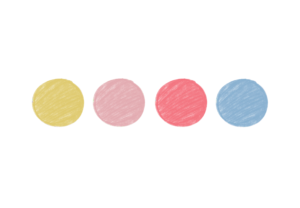When navigating the corridors of different art marketplaces, you might find yourself thinking: Why is art expensive? The valuation of art can be complex and requires the synthesis of various factors, from more personal, artistic or production-related considerations, to broader market dynamics. Here, we take a methodical look at these determinants to shed light on how artworks are often priced.
1. Artistic Endeavor:
Each artwork encapsulates hours, days, or even years of an artist’s labor. The time spent researching, conceptualizing, revising, and actualizing a piece is considerable and demands remuneration.
2. Material Costs:
High-quality art demands top-tier materials. Premium paints, canvases, sculpting materials, and framing all contribute to the overall cost of producing an artwork.
3. Unique Originality:
Unlike mass-produced items, artworks are singular in nature. This uniqueness inherently elevates their value.
4. Gallery and Representation Fees:
Galleries and agents play pivotal roles in promoting and selling artworks. Their expertise comes at a cost, usually a percentage of the artwork’s selling price.
5. Historical Significance:
Art pieces that bear historical or cultural significance inherently carry a higher value due to their contextual importance.
6. Provenance and Authentication:
The documented history of an artwork’s ownership can significantly enhance its value, especially if previously held by notable collectors or institutions.
7. Market Demand:
Like any market commodity, demand plays a crucial role in art valuation. Artists or styles in vogue typically command higher prices.
8. Future Investment Potential:
Artworks, especially by emerging artists showing promise or established names, are often seen as investment avenues, potentially appreciating over time.
9. Exhibition and Award Recognition:
Artworks recognized in esteemed exhibitions or recipients of awards often see an uptick in their valuation.
10. Emotional Resonance:
Art, at its core, is emotive. Pieces that evoke profound emotions or resonate with collectors on a personal level can command higher prices.
11. Technique and Complexity:
The complexity of the technique employed and the skill level showcased in an artwork can significantly influence its price.
12. Limited Editions and Prints:
For prints or photographs, the value often increases with the rarity of the edition.
13. External Appraisals:
Third-party appraisals and expert validations, especially for high-end pieces, contribute to establishing an artwork’s market value.
14. Economic Factors:
Macro-economic factors, including global financial markets, interest rates, and even geopolitical scenarios, can indirectly influence the art market and pricing.
15. Transportation and Insurance:
Shipping artworks, especially internationally, can be costly. Additionally, insuring valuable pieces during transit and exhibition may add to the overall cost of an artwork.
While the world of art valuation is multifaceted, one thing remains clear: genuine art is worth the investment. If you’re considering acquiring art, whether as an enthusiast or an investor, we encourage you to seek out a platform which offers authenticity, quality, and a vast array of choice.

